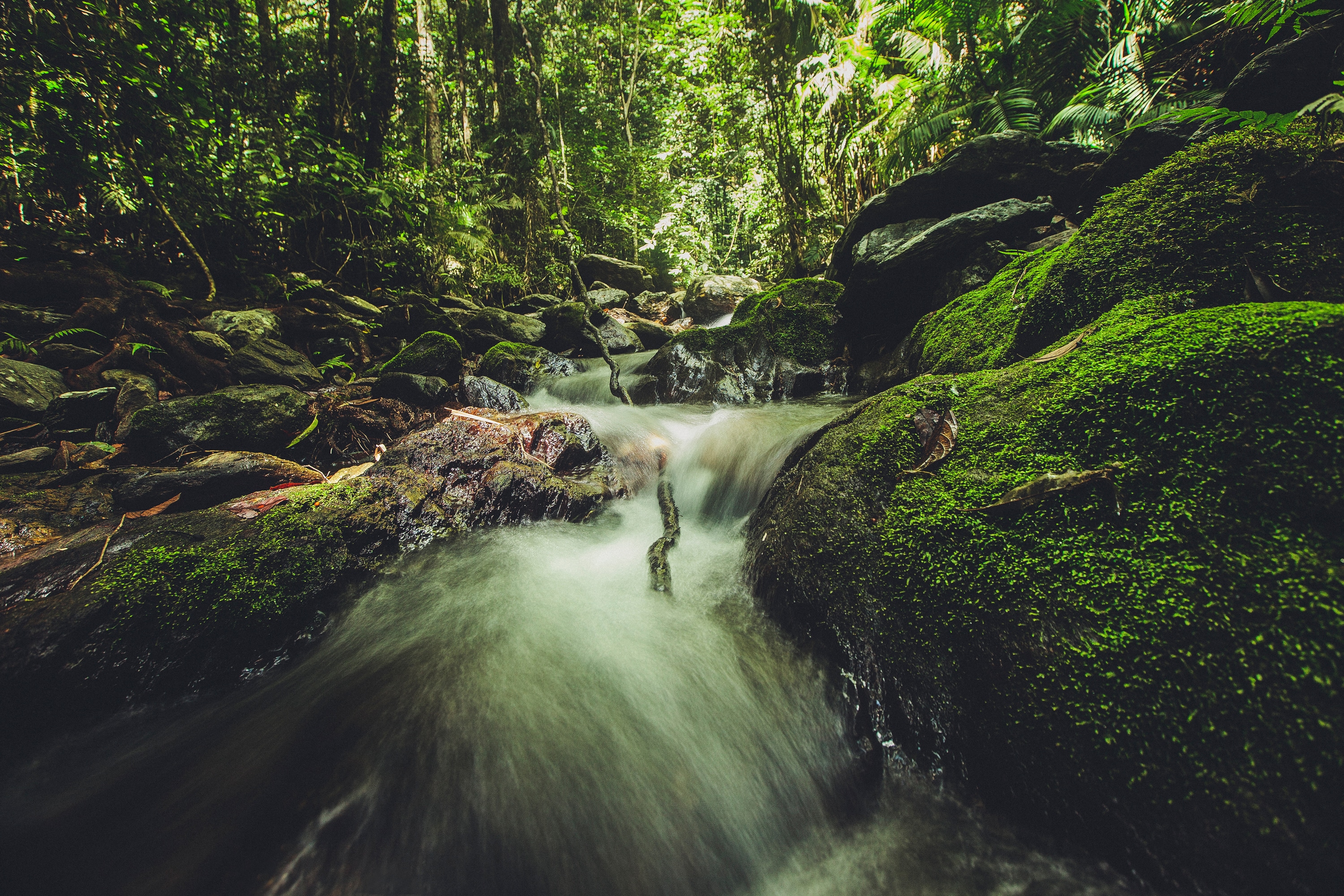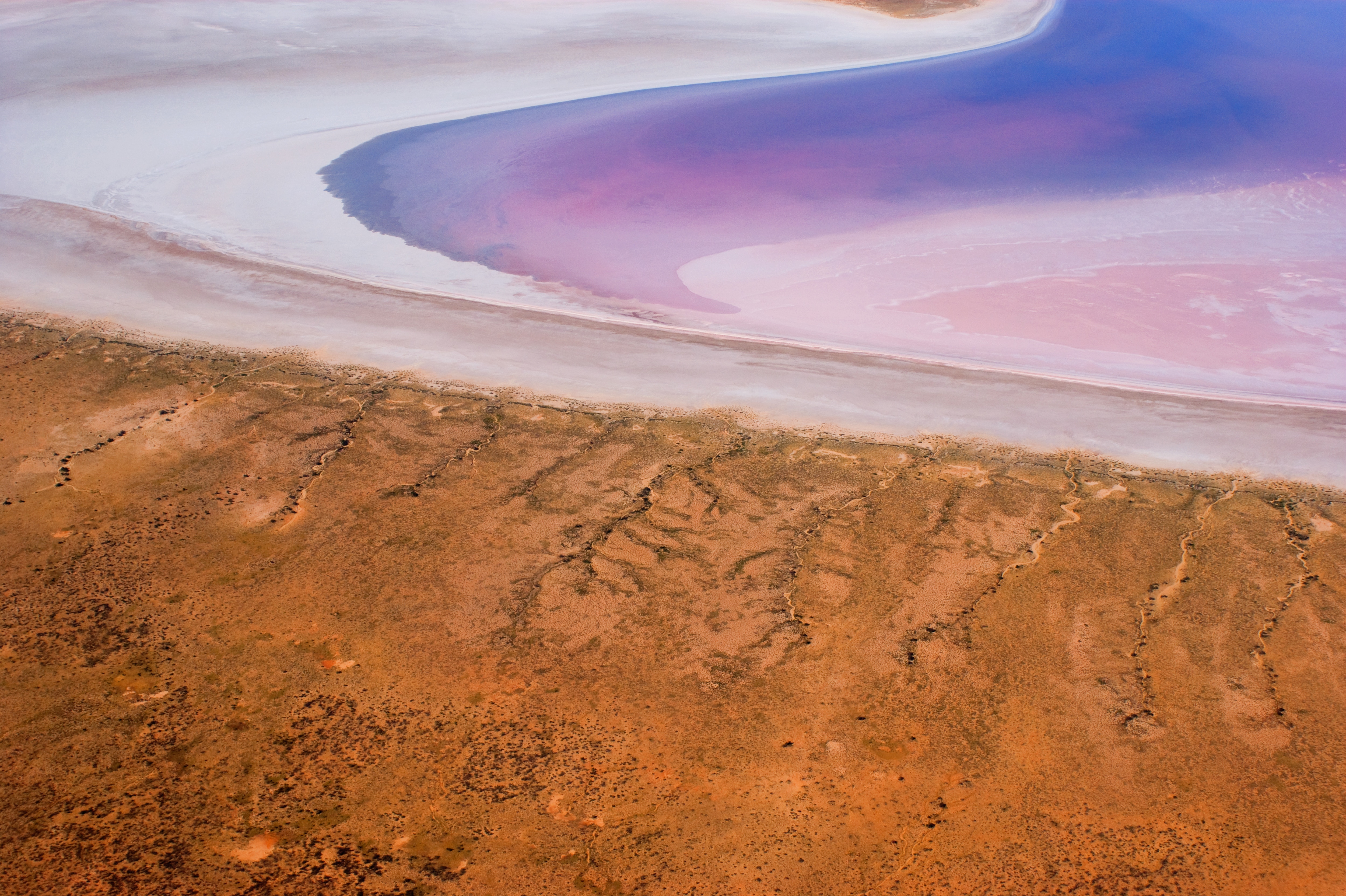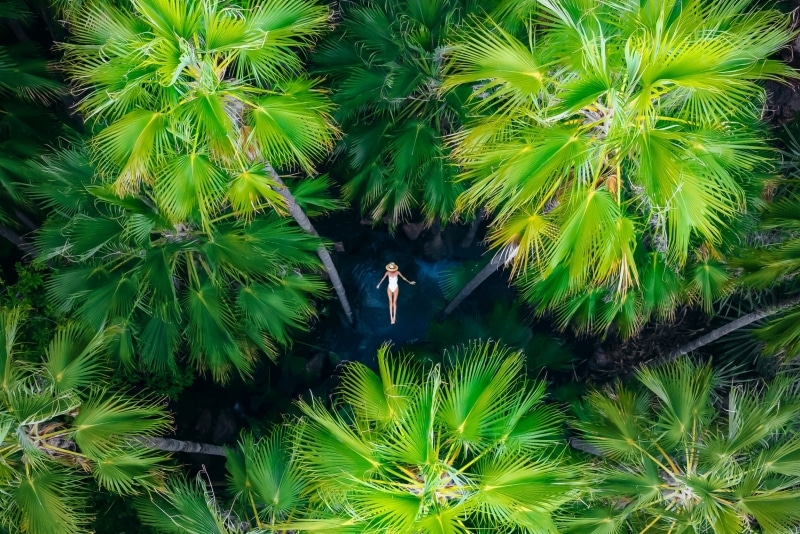
Guide to the outback
From deep cultural connections to awe-inspiring natural wonders, here’s how to experience the spirit of the outback.
By Amy Fraser
A place of red deserts, blue skies, wide-open spaces, and spiritual Aboriginal places, there are no defined borders to the Australian outback. You know you are there when the city feels like a distant memory, you can see all the way to the horizon during the day or you are dazzled by a kaleidoscope of stars at night. It’s easy to see how one holiday can incite new perspectives and life-long memories.
Travelling to the outback is safe and easy to plan but just like anything, the more you know before you go, the more you’ll get out of your getaway. Read on to start planning your unforgettable outback adventure.
Where is the outback?



As the world’s largest island, it’s no secret that Australia spreads far and wide. And as with any large landmass, it’s home to diverse climates. Across the country, you’ll find lush rainforest, spectacular mountain ranges and, of course, the rusty red deserts Australia is famous for. Officially known as rangelands, the outback covers a whopping 81 per cent of the country, with almost every state offering unique outback landscapes and adventures.
Experiencing the outback is much easier – and more exciting – than you might think.
What is the history of the outback?

Jarramali Rock Art Tours, Cape York, Queensland © Tourism and Events Queensland
With threads of history woven into its landscape – from ancient flora and fauna to well-adapted wildlife that once roamed the earth with dinosaurs – exploring the outback often feels like travelling back in time. In fact, dinosaur and megafauna fossils, as well as Indigenous remains, artefacts and sacred sites, have been discovered across the country – a reminder of the extraordinary marvels that once walked where we do today.
At the centre of Australia’s outback history are the Traditional Owners of the land, Aboriginal Australians, whose culture and traditions are still very much active across Australia today. With this culture lives 60,000 years’ worth of Australian history, available at your fingertips through Aboriginal experiences offering access to ancient tales and artefacts as old as the last Ice Age.
The outback’s natural wonders
The outback is home to a myriad of extraordinary experiences, often so powerful and captivating that they’ll never leave you. From stargazing at some of the most breathtaking celestial skies on the planet to exploring secret caves and encountering native wildlife, there’s an adventure for everyone in the Australian wilderness.
Highlights of the outback are often found amid the beguiling natural attractions which are scattered across the country; from the Northern Territory’s spiritual monolith Uluru; the vivid pink lakes of South Australia; Western Australia’s enchanting staircase to the moon; and New South Wales’ dramatic Walls of China. For an eye-opening and meaningful experience, Aboriginal guided outback tours offer fascinating insights into these historic landscapes. There’s no better guide than one who lives and breathes Country.
How to experience the outback

True North, Kimberley, Western Australia © True north Adventure Cruises
Exploring the outback is a great way to broaden your mind and discover new perspectives. In every direction there’s an extraordinary landscape waiting to be gazed upon and an abundance of experiences for every type of traveller.
- Luxury seekers: you’ll love the birds’ eye-view from a scenic flight or traversing across the continent’s outback on the opulent Ghan train.
- Active travellers: there’s no better way to immerse yourself in an environment than by walking through one. Be sure to add the Larapinta Trail to your bucket list.
- Foodies: if you’re a sucker for a pub crawl, just wait until you experience the outback version – from a helicopter.
- Adventurers: pack up your 4WD, it’s time to hit the road. There are plenty of epic outback road trips to choose from including the renowned Red Centre Way and the Gibb River Road.
- Water babies: it doesn’t get much better than a luxury cruise through the awe-inspiring waterways of the two-billion-year-old Kimberley region.
Know before you go

Kukerin Canola, Western Australia © Australia's Golden Outback/ Amy Gough
Preparation is key for any holiday, and the outback is no exception. Here are some key facts to know before setting off on your trip.
- What is the best time of year to visit?
Australia’s outback typically falls into three climate categories including arid, semi-arid and north of the Tropic of Capricorn. Arid and semi-arid climates make up 70 per cent of Australia and define the iconic dry desert outback you might generally associate with the term. It’s here, where you can expect high temperatures during the day and colder conditions at night. The best time to visit these regions, which span across the centre of the continent, is between May and September.
The northern Tropical zone, which covers Far North Queensland, the Top End of the Northern Territory and Western Australia’s Kimberley region, is characterised by its tropical monsoonal climate. To avoid high rainfall, travel to these destinations between May and October.
Is the outback safe?
If you’ve planned appropriately, the outback is just as safe as anywhere else in Australia. Be sure to dress well (temperatures can sometimes be extreme), keep a respectful distance from wildlife, and if you’re taking a road trip, follow our top tips for driving in the outback.
Do you need a 4WD?
A 4WD isn’t mandatory in the outback; there are plenty of road trips fitted with fully sealed roads. On the other hand, if you’re looking to really get off the beaten track independently, you will need a 4WD. Alternatively, there are a range of guided tours that will do the driving for you!
How much time do I need there?
You can get a good taste of the outback in just a couple of days, but to really immerse yourself in its fascinating culture and jaw-dropping landscapes, we recommend taking a road trip which can take anything from six days to two weeks.






































































































































